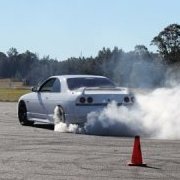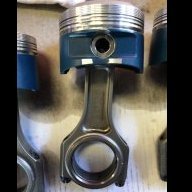Dry sump RB26/30 fitment issues
Announcements
-
Similar Content
-
Latest Posts
-
By Murray_Calavera · Posted
4 not at fault claims in the past 5 or so years (lucky me...). 2 windscreen replacements from rock chips. Didn't pay a cent on any of these. All claims processed quickly, hire care sorted, an overall very good experience. I haven't had any curveballs to test shannons with though. My claims were very much, here are all the other persons details, they have full comp insurance, etc. -
Personally I would first drain the oil thats in the sump.. and stick something else in.. something cheap.. which id then replace once its idled for a wee bit. Fogging oil is usually done before you put it away - I use that on mine.. as I store it for a whole year every year. Your injectors might be stuck, if running an aftermarket ecu you can easily test each one.
-
By Dose Pipe Sutututu · Posted
Need to be in this world these days Duncan, they their
-






Recommended Posts
Create an account or sign in to comment
You need to be a member in order to leave a comment
Create an account
Sign up for a new account in our community. It's easy!
Register a new accountSign in
Already have an account? Sign in here.
Sign In Now